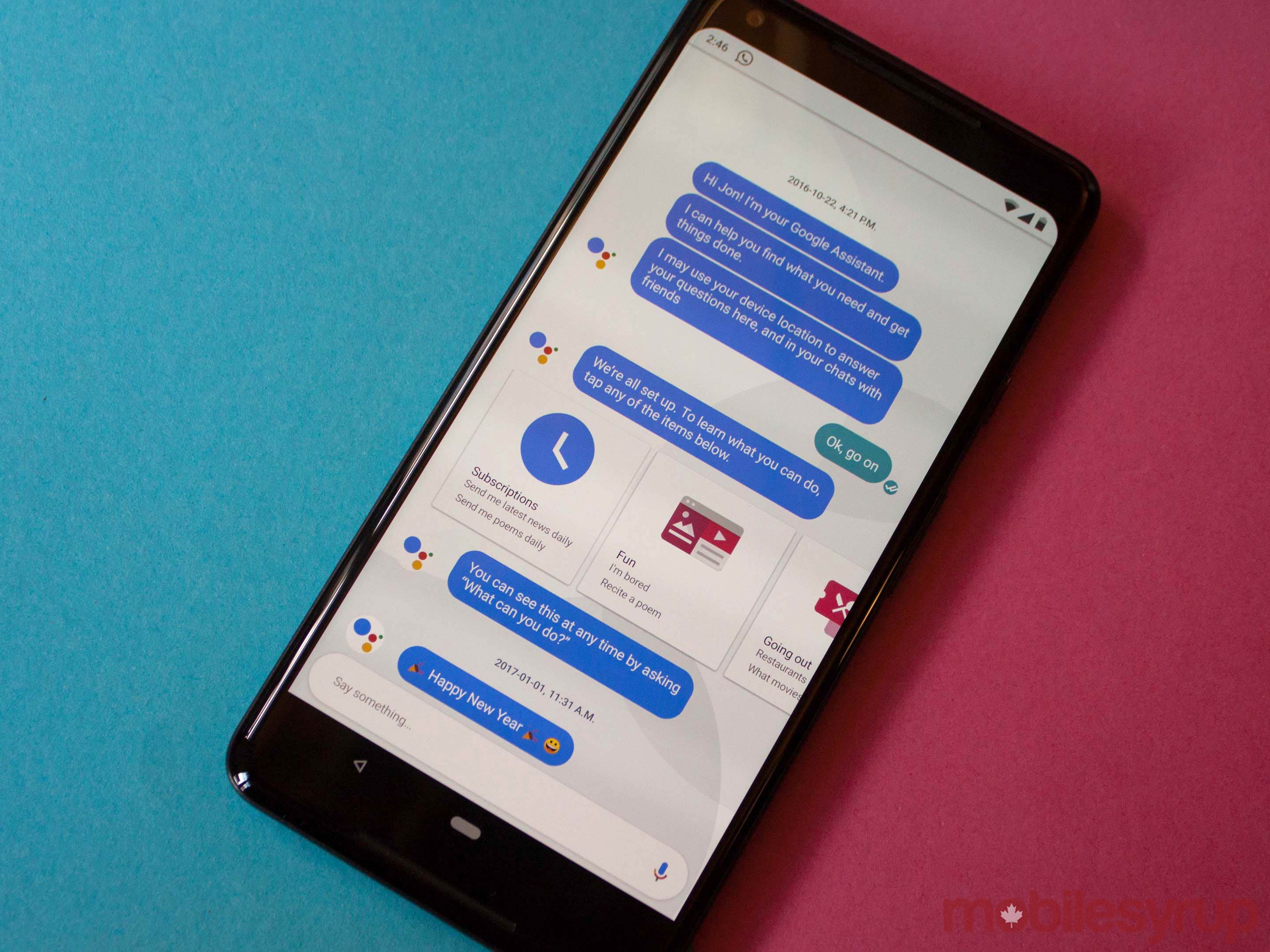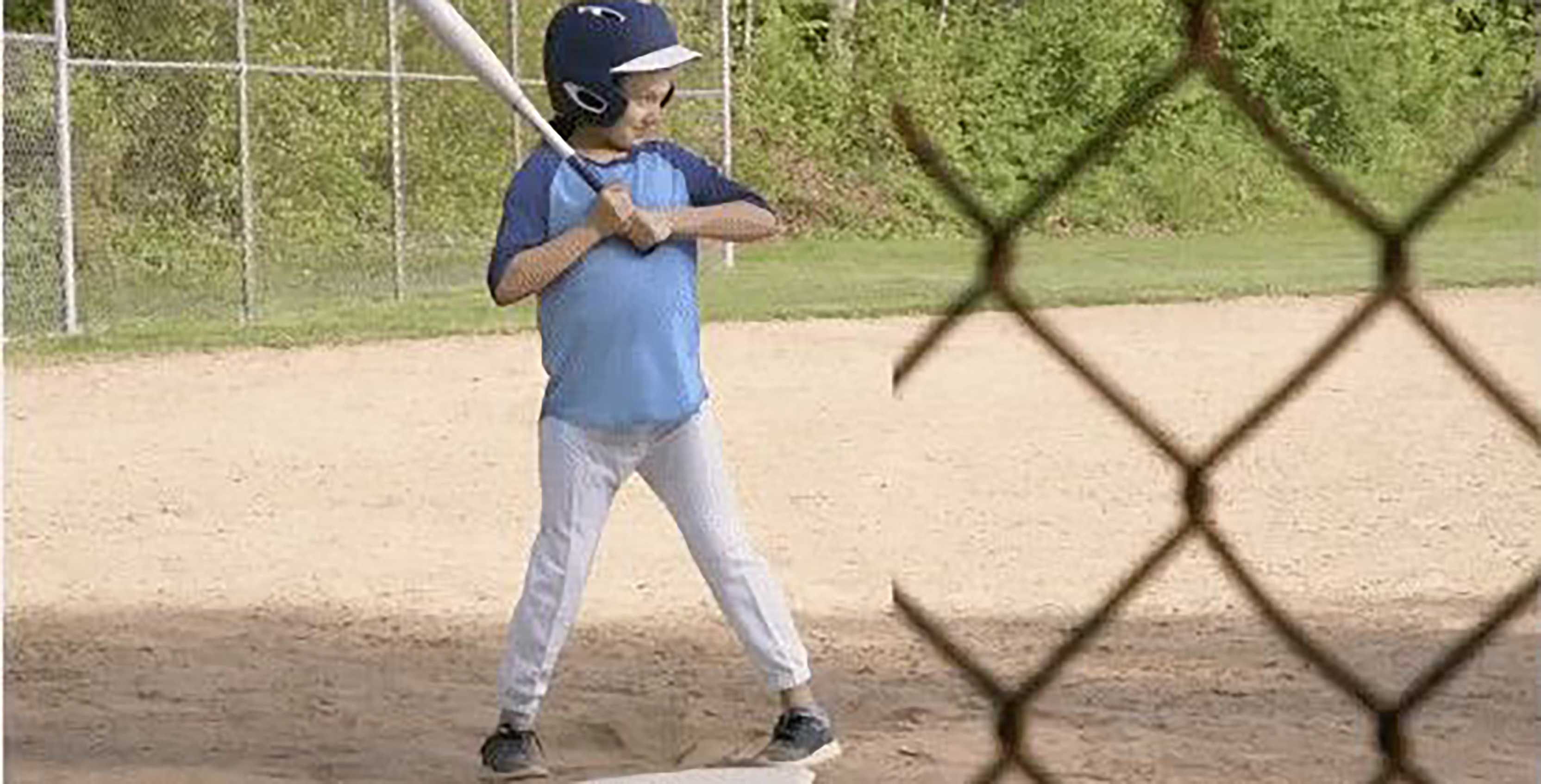Google I/O and other major tech conferences have a knack for showing off big, crazy features.
Take the insane Duplex stage demo at this year I/O, for example. It was so far beyond anything that exists in our world — Duplex was straight out of science fiction.
However, sometimes those features don’t actually make it to the public. Others do — and flop spectacularly. Lets take a trip back to previous Google I/Os and remember the announcements that never quite made it.
I/O 2017
This was the year Google showcased the AI tool that would magically remove objects in photos.
The company showcased the feature on stage, showing a photo of a child playing baseball where the chain link fence magically vanished. It garnered the same reaction as the Duplex demo. It was promised “soon” but never came.
Some digging in a Google Photos update later that year revealed bits of code from the object removal feature, but we still haven’t seen a release of this feature.
I/O 2016
Remember Allo? The chat app and its sister, video calling app Duo, were announced at I/O 2016 to much hoopla. The app had Google Assistant baked in, featured private and encrypted chats and was full of emojis and custom stickers.
A lot of people thought it would be the iMessage of Android.
However, Allo never really lived up to the hype. The chat platform lacked critical features like SMS support. One of its most touted features, sending an Allo message to someone without Allo installed, also only sort of worked.

If you had an Android device, tapping the notification opened the chat in an Allo-like window and prompted you to download the app. On iOS, you got a spammy-looking text with a link to the app.
Google recently put the project on hold, choosing to focus on its new RCS standard instead.
I/O 2015
2015 brought us Android Doze and Google Now On Tap. While not monumental flops, both of these apps came with impressive claims and have since disappeared into other features.
Doze was supposed to be a major battery saving feature that used motion detection to discern when the device wasn’t in use in order to consume less data running in the background.
However, Doze didn’t kick in if the device was moving. For those of us who put our phones in our pockets, that meant no Doze. Google later adjusted Doze to fix that. However, the feature seems to have been entirely replaced by Adaptive Battery. The new feature, announced at I/O 2018, learns which apps you care most about and reduces background data use for the apps you don’t spend that much time with. It’s no longer a motion based system.
As for Google Now On Tap, it was the fancy new tool that scanned your screen and provided information based on what you were looking at.
In practice, it wasn’t all that useful. The feature was relegated to an Assistant action. You can access it by long-pressing the home button and tapping “what’s on my screen?”
What does it mean for Duplex?
Well, Google is planning to do more testing with it in the summer. Right now, Duplex can only carry out natural conversations it has trained for.
Duplex is the goal for Google Assistant. In a blog post from May 8th, the company said it wants people to interact naturally with Google Assistant.
Duplex might disappear for a while, but it is definitely part of Google’s long-term plans for Assistant. It probably won’t see a fate like Doze or Allo.
Update 11/5/2018: The Google Photos team has commented on object removal, stating that the feature still doesn’t have a release date.
MobileSyrup may earn a commission from purchases made via our links, which helps fund the journalism we provide free on our website. These links do not influence our editorial content. Support us here.



